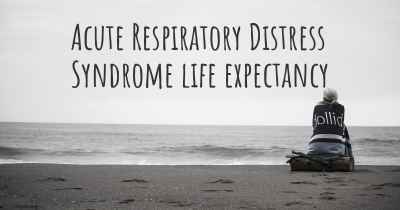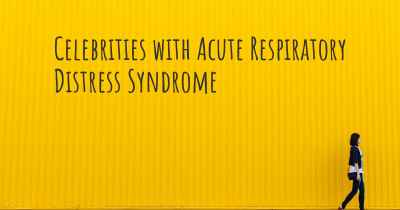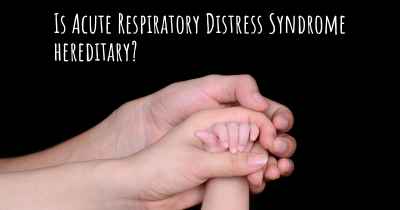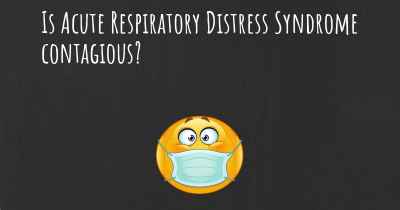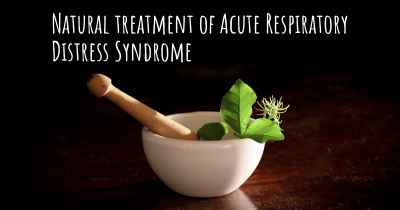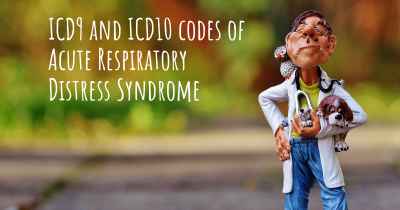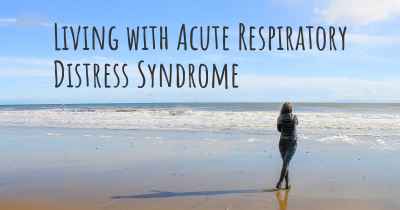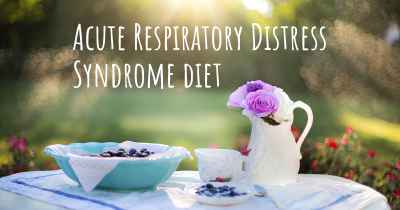Is it advisable to do exercise when affected by Acute Respiratory Distress Syndrome? Which activities would you suggest and how intense should they be?
See if it is advisable for people with Acute Respiratory Distress Syndrome to practice sports and which ones are the most recommended if you have Acute Respiratory Distress Syndrome
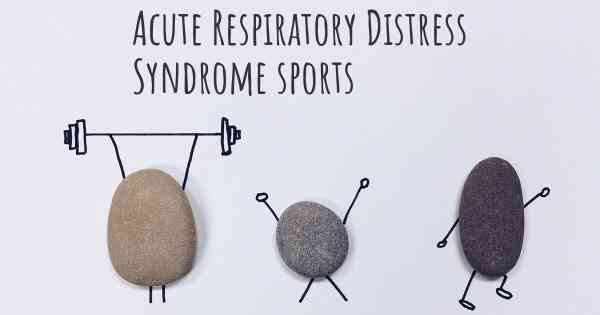
Is it advisable to do exercise when affected by Acute Respiratory Distress Syndrome?
Acute Respiratory Distress Syndrome (ARDS) is a severe condition that affects the lungs, causing difficulty in breathing and low oxygen levels in the blood. It is typically caused by an underlying illness or injury, such as pneumonia, sepsis, or trauma. Given the seriousness of ARDS, it is important to approach exercise with caution and under the guidance of healthcare professionals.
While exercise is generally beneficial for overall health, it may not be advisable for individuals with ARDS during the acute phase of the condition. The primary focus should be on treating the underlying cause of ARDS and stabilizing the patient's condition. Rest and medical interventions are typically the mainstay of treatment during this phase.
However, once the acute phase has passed and the patient's condition has stabilized, a carefully planned exercise program may be beneficial for their recovery. Exercise can help improve cardiovascular fitness, muscle strength, and overall well-being. It can also aid in the prevention of complications such as muscle wasting and joint stiffness.
Which activities would you suggest and how intense should they be?
The choice of activities and their intensity should be tailored to the individual's specific condition, overall health, and functional abilities. It is crucial to consult with healthcare professionals, such as physiotherapists or respiratory therapists, who can assess the patient's condition and design an appropriate exercise program.
Low-impact exercises that focus on cardiovascular fitness and muscle strength are generally recommended for individuals recovering from ARDS. These may include:
- Walking: Walking is a low-impact activity that can be gradually increased in duration and intensity as tolerated. It helps improve cardiovascular fitness and overall endurance.
- Cycling: Stationary cycling or using a recumbent bike can be beneficial for cardiovascular fitness without putting excessive strain on the joints.
- Swimming: Swimming or water-based exercises can provide a low-impact workout that is gentle on the joints while improving cardiovascular fitness and muscle strength.
- Resistance training: Light resistance exercises using resistance bands or light weights can help improve muscle strength and prevent muscle wasting. These exercises should be performed under the guidance of a healthcare professional to ensure proper technique and safety.
The intensity of exercise should be gradually increased over time, starting with low-intensity activities and gradually progressing as tolerated. It is important to monitor the patient's response to exercise, including heart rate, breathing, and overall fatigue. If any symptoms worsen or if there is excessive fatigue or shortness of breath, the exercise intensity should be reduced or modified accordingly.
In conclusion, while exercise may not be advisable during the acute phase of Acute Respiratory Distress Syndrome, a carefully planned and supervised exercise program can be beneficial for recovery once the patient's condition has stabilized. Low-impact activities that focus on cardiovascular fitness and muscle strength, such as walking, cycling, swimming, and resistance training, are generally recommended. The intensity of exercise should be gradually increased over time and monitored closely to ensure safety and optimal benefits.
Posted Mar 2, 2017 by seast318 2050
Posted Mar 2, 2017 by SusanEast 1000
Posted May 22, 2017 by Karin 2002
Posted Jun 7, 2017 by Lyda 2442
Posted Sep 15, 2017 by Maira Perez Tessino 1110
Posted Dec 17, 2020 by tbrannock 2500
